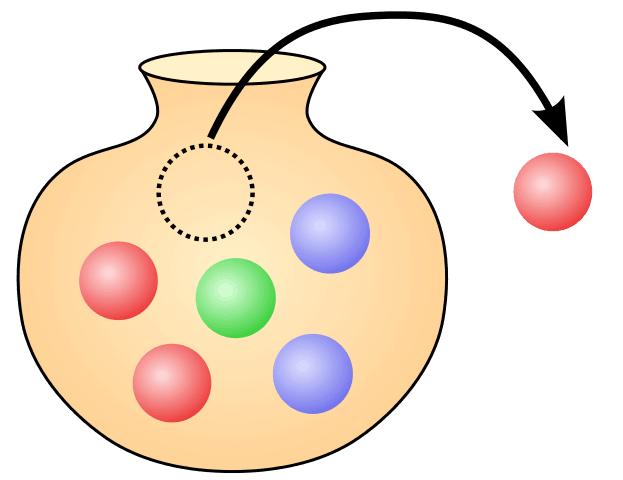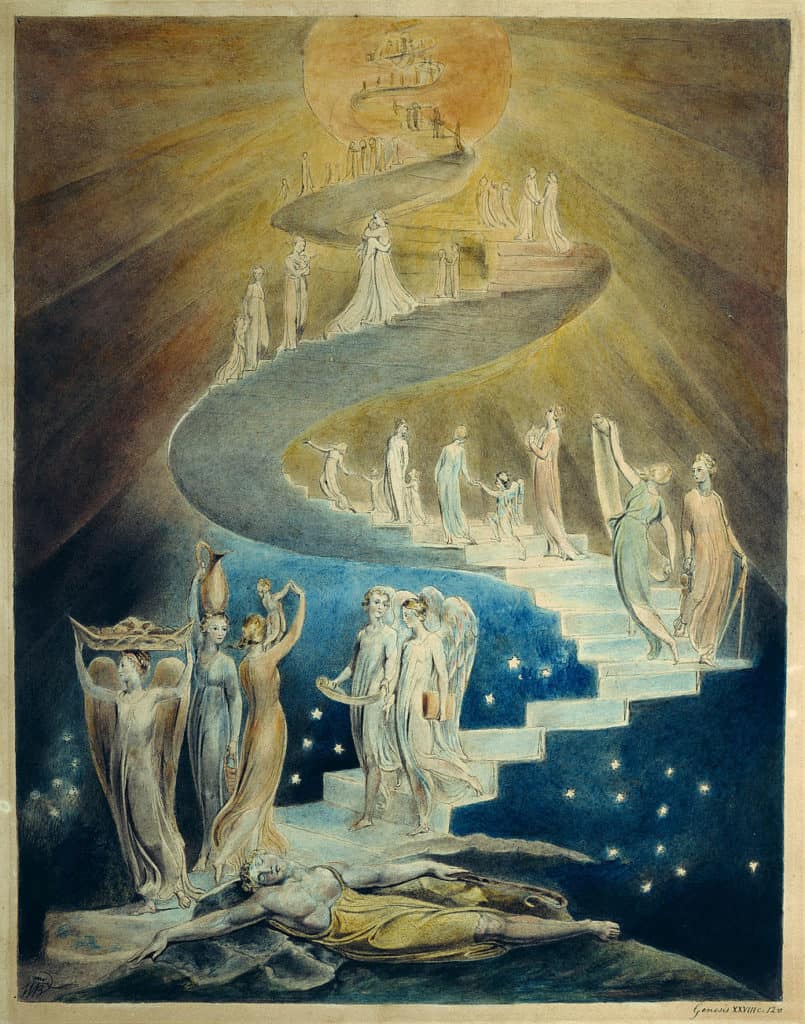Mass Media Campaigning Role
Mass media has two distinct branches that play significant roles in our politics, campaigns, and voting. These branches are guided by different rules of factual accuracy, breadth of coverage, and involvement of emotion.
- News
- Fox News, CNN, Huffington Post, Breitbart, NY Times, Washington Examiner, Politico, etc. See sidebar for the news guidelines.
- Commentary, Opinion, and Advocacy
- See sidebar or below about opinion boundaries.
- Think tanks. They have clear perspectives and are under no obligation to present the best counter-arguments to their positions.
- Many independent sites report stories with an attitude.
- Social media (Facebook and Twitter, for example), includes bots and worldwide agents of dubious purpose.
Our enjoyment of a good story explains the rise in importance of social media avenues of political persuasion. We enjoy shows of romance, sci fi, and horror, ignoring the unreality of the storyline. The beliefs of the characters are more important than the facts of the situations. The narrative of a political character can draw a person in. The story is more important. If it plays to emotions rather than facts, it follows truth is immaterial.
Mass Media Primacy
We get most of our information about the world of political events through mass media. Our decisions in the voting booth are greatly driven by the impressions we draw from our sources.
More than 80% of all incumbents are reelected. That is a sign, regardless of the particular representative’s effectiveness, that their frequent appearance and name association with events lifts both Democratic and Republican seat holders to high likelihood of reelection, unless they do something totally egregious.
Another impact of mass media depends on the outlet you prefer. Each has a unique frequency of particular news stories covered or views in opinion pieces. Also, your choice commits you to a region on the truth-belief dimension.
The mindspace you devote to particular issues is strongly influenced by the repetition of the issue in your preferred mass media outlet. One’s mindspace reflects how much influence an issue has on your candidate selection.
Most people have multiple issues they base their decision on, laboring over the decision if both candidates agree with some of their issues and not others. That sounds ordinary until you consider that an issue’s importance is greatly enhanced if you are often presented with it.
Effect of Frequency of Messages
Commercial and political advertising work on this basic principle: repeated exposure to the same message will make that message easily come to mind in the future. For example, Coke ads connect relief of thirst with drinking their soda. This relation is not a logical deduction, but an increased association of thirst quenching with drinking Coke.
Let’s compare two political citizens—one who watches CNN almost exclusively and another who watches Fox. I recently took the opportunity of watching both for some odd time between trips to Universal Studios. The number one difference was not the explicit difference of interpretation but in topics repeated.
CNN used perhaps half its time to air shows dealing with Trump shenanigans (Stormy Daniels back-and-forth and his lack of action regarding Russian actions within the US), while Fox mainly presented stories showing problems resulting from illegal immigration and the worries about global threats, non-Russian.
Frequency of Content by Different Outlets
A factual comparison of MSNBC, CNN, and Fox content for the period Aug. 25, 2017 until Jan. 21, 2018 is available https://pudding.cool/2018/01/chyrons/. News you are exposed to becomes representative of how prominent it becomes in your thoughts.
- Russia probe. MSNBC viewers were exposed to twice as many scrolling messages about Russia problem than CNN viewers and four times as many as Fox viewers.
- Clinton on Benghazi. Fox four times as frequent as CNN and twenty times as frequent as MSNBC.
- North Korea. Roughly the same. All three outlets covered it with the same intensity.
- There are non-political distinctions between media outlets. CNN flashed twice as many hurricane messages as Fox and four times as many as MSNBC.
- Colin Kaepernick. Fox about the same as CNN and four times as frequent as MSNBC.
Impact of Viewing Habits
Mass media channels promote associations between political persons, issues, and value judgments. Do they reflect your realistic assessment? Is the volume of repetitions in agreement with the importance of the association?
If you focus on one mass media provider of information, it affects you in two ways.
- Your mindspace, the thoughts that occupy your mind, reflect the frequency with which you are exposed to the issue. That becomes its measure of importance.
- The associations you have formed arise automatically when you are making a decision, whether it’s to buy a soft drink or pick a president.
Trump electioneering agent, Cambridge Analytica, used personal data in Facebook to target up to 50 million people for specific ads. Their spending reflects a reliance on frequent messages to targeted citizens.
Half-Truth
We hear about fake news, but little about half-truths.
If only a selective truth is told, many relevant facts are ignored. Listeners readily make associations between displayed truths. If significant facts are withheld, the association may lead to false conclusions. Since learning by association is natural and occurs across our thinking, omitting relevant information is a problem. Candidates and their campaigns are significant offenders with slogans that often omit crucial facts.
Example: Recently Trump in politics criticized Elijah Cummings for representing “a rat and rodent-infested mess”, “the worst run and most dangerous anywhere in the United States.” I’m from Baltimore and recognize much truth underneath Trump’s criticisms. So how can telling the truth lead bad decisions?

Figure 5. Half-truth, some relevant features ignored
Misleading Conclusion
Trump only applied his criticism to a black, urban Democrat, not to a white, a rural or a Republican, whose districts have the same problems. Trump’s repetition magnified by repeated exposure in the media creates an association of features, even those that are not germane–black, urban, and Democrat. However, rats, poverty, drug abuse, and violence also plague many white, rural, Trump-voting districts run by Republicans.
Yet he doesn’t criticize or mention those Republican districts. Trump’s listeners form an association—not by logic but by repeated conjunction—that the problems of rats, poverty, drug abuse and violence are black, urban, and Democratic.
Half -truths, selective truths, derive the listener of needed facts to distinguish between accidental and causative factors.
When a regular consumer of Trump’s message sees Democratic next to a candidate’s name, the image of big city urban, black and danger leaps to that mind. It becomes a prime negative factor in considering that candidate.
Mindspace
People have only a limited capacity for attention. When the same message overwhelms other information, that message’s association becomes a feature that looms large in decision-making. It is like having a vase (figure 6) which holds facts, but instead of discovering the actual proportion of various facts by randomly selection, every time you pick a fact you get the same one. Soon, you will start to believe that tailored message overwhelms all other messages in the vase.

When people only listen to one news outlet with a decided perspective, they don’t see the full range of features associated with the truth. The features of the repeated example come to be associated with the truth.
Informed citizens need to see representative facts to place assertions in their proper context and to develop an accurate view of the world.
Sins of omission are harder to detect than outright lies. It requires searching out relevant information that political leaders on both sides are loath to offer.
Civics Education K-12
Voting is an essential task for a vibrant, functioning democracy. Sensible choices require available facts along with each candidate’s position.
Our schools, as part of civics instruction, should teach the student how to find facts, discover the implicit assumptions, and uncover the beliefs used to fill in the gaps of information that political messaging from bumper stickers to debate promises depend on.
Though no government constraint should be placed on social media political content; political content originators must indicate who originated and who paid for the content. Also, dark and gray money contributors to the creation of the ads should be forbidden as well as corporations with non-US financial interests.
Related Posts
Elections and Campaigns
Representation Must Match Votes
Only People
Voting Decisions in a Democratic Republic









Mark, thank you for noticing and commenting
Bob, lot of important factors to consider. Your restraint is commendable! 😉